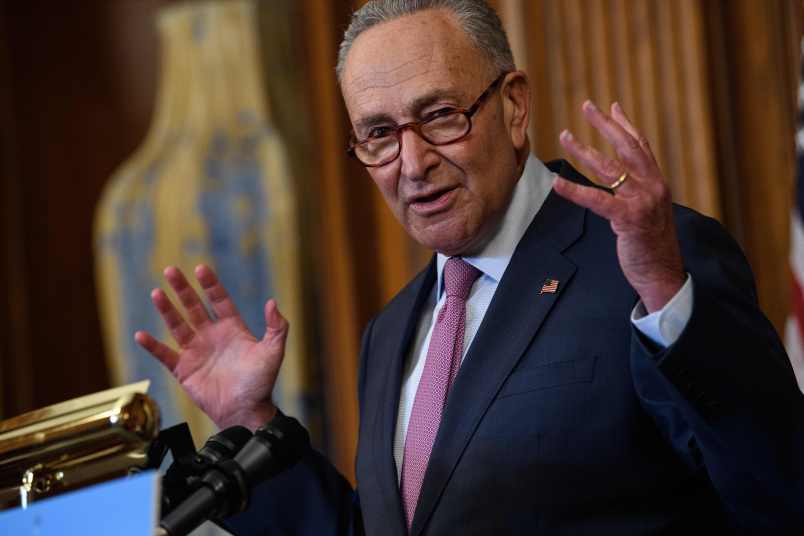This campaign cycle is seeing the maturation and increased use of a fundraising technique that is part campaign rally, part press release, and part telethon: the “moneybomb.” A campaign and/or its supporters mobilize a massive online fundraising effort to take place on a single day, as a show of concentrated support, providing the double-benefits of both cash and publicity.
The signature feature of a moneybomb is that donations are tallied in real time or periodic updates as they come in on the website, as a way of urging supporters to help the campaign get ever closer to its goal. The first use of this technique came during the 2004 Democratic primaries, when the Howard Dean campaign would would use a cartoon image of a baseball player holding up baseball bats as meters of fundraising goals (for example, a campaign goal to reach $15 million before the end of a quarter). The term “moneybomb” did not yet exist, but the Dean campaign could arguably be considered the first people to have done it, or to have at least practiced an earlier form of the concept.
The term “moneybomb” was ultimately coined in 2007, by online supporters of Ron Paul’s presidential campaign. In this case, Paul supporters would hype a particular date as the day to donate, collect pledges in advance where possible, and then collect the contributions on that date. A Paul moneybomb on November 5, 2007 — timed to coincide with the British holiday of Guy Fawkes Day, which celebrates the defeat of a conspiracy in 1605 to blow up Parliament, and is best known to American audiences for the ironic treatment of the idea in V For Vendetta –Â brought in over $4 million.
In the wake of the Paul campaign, the term “moneybomb” has now stuck, and other campaigns have been using the technique and sometimes the phrase itself or variations on it.
â¢Â In October 2009, Rep. Michele Bachmann (R-MN) launched a one-day fundraising drive. She did not use the term “moneybomb,” but rather referred to it as a “one-day fundraising blitz” that would send a message to the left. Bachmann ultimately took in only a little over $100,000. The main flaw here was that Bachmann did not engage in any far-reaching publicity campaign leading up to the day itself.
â¢Â In November 2009, Rep. Alan Grayson (D-FL) held a moneybomb that took in about half-a-million dollars. Grayson spent about two weeks promoting the event, using his cable-news appearances to urge people to go to his Web site for an event that he himself was calling a “moneybomb.”
â¢Â During his successful campaign in the Massachusetts special election, Sen. Scott Brown (R-MA) launched a “Red Invades Blue” fundraising drive, held on January 11. The original goal was $500,000, which it quickly surpassed. The moneybomb ultimately ended up bringing in $1.3 million.
â¢Â Marco Rubio, the insurgent conservative candidate for the Republican Senate nomination in Florida, two days ago held a “Stimulus Bomb” fundraiser, timed to coincide with the one-year anniversary of a rally that his opponent in the GOP primary, moderate Gov. Charlie Crist, held with President Obama to promote the stimulus bill. The goal was $787,000, or $1,000 per every $1 billion of the stimulus. Rubio didn’t quite make that goal, instead bringing in the still-impressive sum of $720,000.
â¢Â The latest moneybomb is coming from Tarryl Clark, who is seeking the Democratic nomination to run against Michele Bachmann. In this case, pledges are being collected for the relatively far-off date of March 25, when Bachmann will be campaigning alongside Sarah Palin: “Our campaign wants to send a clear message to Bachmann that when she brings in other extremists like Palin — it helps us.”
As noted before, the moneybomb has a telethon-like quality, bringing a sense of camaraderie to the otherwise solitary activity of sending a campaign donation over the Internet. It became popular from decentralized grassroots campaign of Ron Paul’s supporters, but has now been officially adopted by the official campaigns. It will be interesting to see how the technique continues to be used through 2010, 2012 and beyond.









